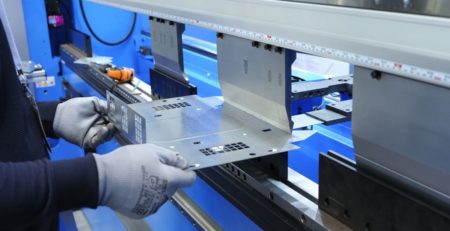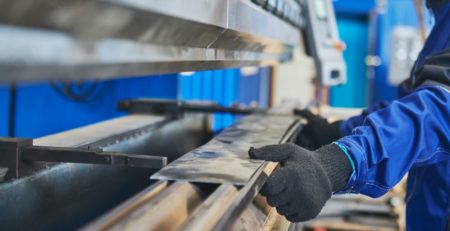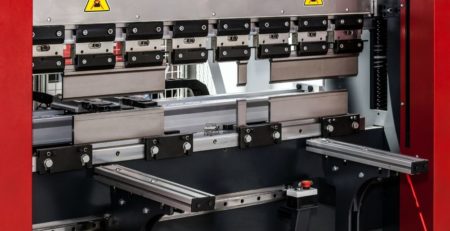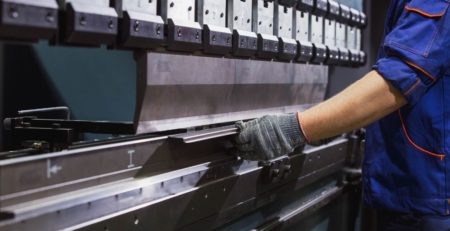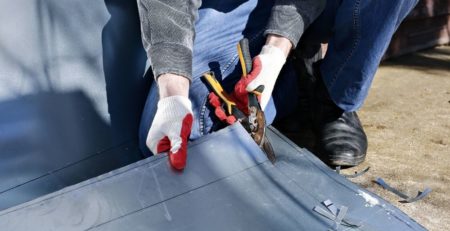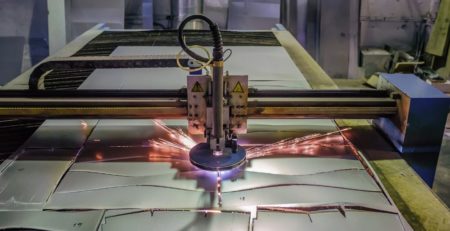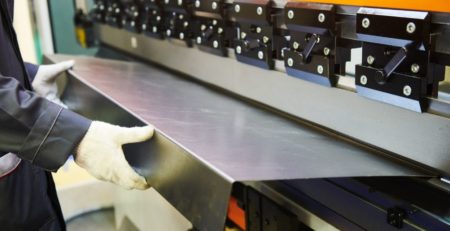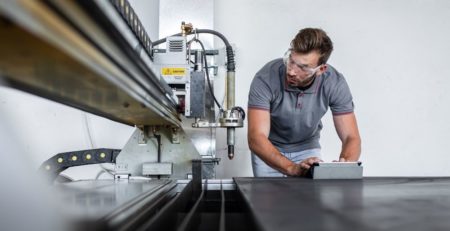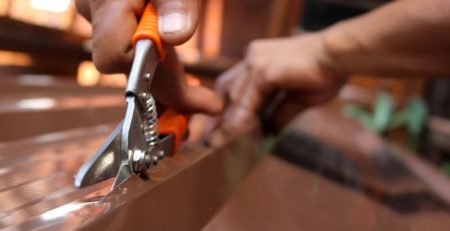9 Mistakes You Should Avoid When Designing Sheet Metal Parts
Designing sheet metal parts demands precision and foresight. Even with computer-assisted design (CAD), designers can neglect important considerations that make manufacturing difficult or more expensive.
Thinking about these mistakes you should avoid when designing sheet metal parts will help designers gain insight necessary to ensure parts will be durable, functional, and, where necessary, visually attractive.
Failing To Consider Ductility, Malleability, and Tensile Strength
Ductility refers to the ability of a metal to deform under tension, often measured by the extent to which the material can be stretched into a wire before breaking. This property indicates the flexibility of the material and its capacity to absorb energy up to a certain point without succumbing to failure.
Tensile strength, on the other hand, represents the maximum load that a material can withstand while being stretched or pulled before breaking. It is a critical measure of a material’s resistance to tearing and an essential consideration in design specifications for durability and safety. When a designer overlooks tensile strength, components might fail under operational stresses, leading to premature wear, potential safety hazards, and ultimately, failure to meet performance standards.
Malleability, a crucial characteristic distinct from both ductility and tensile strength, refers to the capacity of metal to be formed, especially by hammering or pressing, without breaking or cracking. This property is particularly relevant in the context of sheet metal design, where professionals must manipulate the metal into complex shapes. Metals with high malleability are indispensable in manufacturing processes that involve rolling or pressing into thin sheets, as they can move into the desired shape without compromising their integrity.
Choosing the Wrong Metal for the Proposed Use
Designers must consider the conditions the final manufactured part will endure when positioned for its intended use. These may include exposure to heat, corrosive materials, and electrical currents.
For instance, stainless steel boasts excellent resistance to corrosion, making it ideal for use in environments that are prone to chemical exposure or high humidity. Conversely, aluminum, known for its superior thermal conductivity and lightweight characteristics, may be preferable in applications requiring efficient heat dissipation. Certain metals might lose tensile strength when exposed to high temperatures, compromising the part’s structural integrity over time.
In some cases, the finished part’s appearance can be as important as its functional capabilities, particularly in consumer-facing products. This is yet another reason why understanding the interplay between a metal’s properties and the demands of the final application is essential.
Neglecting To Consider Metal Thickness
Metal thickness influences a part’s strength and weight but also affects its bending capabilities and the precision with which professionals can cut or shape it. A metal that is too thin may not offer the necessary structural stability for certain applications, leading to damage under normal use conditions. Conversely, using excessively thick metal can unnecessarily increase the weight and cost of the part while also posing challenges in terms of cutting and shaping with precision.
Metal thickness also determines the minimum radius that the bending process can achieve. Too thick, and the material may not bend cleanly or may require more force from hydraulic press brakes or other metal fabrication machines than the metal can bear without breaking.
Overlooking U-Channel Strength
A U-channel adds significant rigidity and support to constructions, thereby playing a crucial role in the overall stability and durability of the finished product. This profile, characterized by its U-shaped cross-section, is particularly beneficial in frames, enclosures, or support structures where the edges and open face can provide both aesthetic appeal and functional stability.
When designers fail to adequately account for U-channel strength in their plans they may create limitations in the part’s performance under load. A narrow, thin-walled U-channel may offer less resistance to flexing compared to a wider, thicker one.
Disregarding the Proximity of Features to Bends
Placing features such as holes, cutouts, or tabs too close to bends can lead to material deformation, compromising the integrity and accuracy of the part. The stress concentration around bends increases, and when combined with near-placed features, it can cause tearing or distortion, affecting both aesthetic qualities and structural strength. This oversight in design can render parts unusable or necessitate costly modifications and additional manufacturing time.
Failing To Specify Types of Hardware in the Design
An often-overlooked detail in the design of sheet metal parts is the specification of hardware types, such as screws, nuts, bolts, and rivets, required for assembly. This oversight can have significant implications on the assembly process, cost, and functionality of the final product. Hardware is critical for the assembly of parts, and without clear directives on the specific types needed, manufacturers may face delays in procurement, increased production costs, and assembly issues.
Plus, choosing a fastener that is incompatible with the chosen metal can lead to corrosion, weakening the assembly over time. And inappropriate hardware selection can impact the structural integrity of the part, especially in applications subjected to vibration or dynamic loads.
Ignoring Minimum Flange Width
A basic principle of metal fabrication states that a flange should be no less than at least four times as wide as the thickness of the metal that is bent to form it. This guideline is critical for ensuring that the flanges — the projecting edges or rims — possess sufficient rigidity and can resist bending or warping during and after the manufacturing process. Ignoring this principle can result in flanges that are unable to provide the needed support for the part, ultimately compromising the quality and performance of the final product.
Complications in Welding Due to Design Choices
Complex geometries, excessively tight tolerances, or the proximity of sensitive components to the welding area can markedly complicate welding or even make it impossible. Designs that do not accommodate sufficient space for welding equipment or disregard the thermal effects of welding on adjacent materials can result in inadequate weld quality, distortion, or damage. Furthermore, selecting materials with vastly different melting points or thermal conductivities without considering the welding implications can lead to weak joints or thermal damage.
Choosing the Wrong Finishing Process
Selecting an incompatible or unsuitable finishing process for sheet metal parts can significantly detract from both their appearance and performance. A finish is not just about aesthetics; it plays a vital role in enhancing corrosion resistance, improving wear characteristics, and, in some cases, reducing friction.
For example, applying a powder coat when a part requires flexibility might result in cracking and peeling under stress. Meanwhile, choosing a galvanized finish for parts exposed to high temperatures can lead to the zinc layer deteriorating over time. Furthermore, certain finishes have negative environmental impacts, such as those involving heavy metals or that require extensive energy consumption during application.
These nine mistakes to avoid when designing sheet metal parts reveal the myriad challenges and pitfalls of design and material selection in sheet metal fabrication. By avoiding these common mistakes and implementing strategic design and material choices, manufacturers and engineers can significantly enhance the quality and performance of sheet metal parts.




